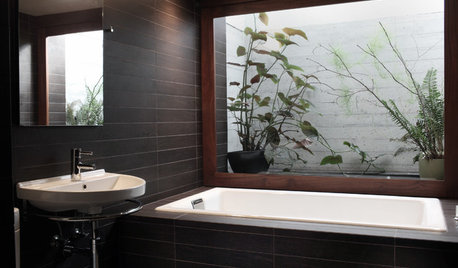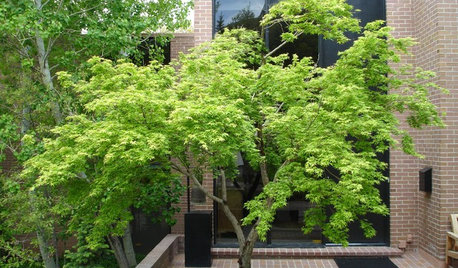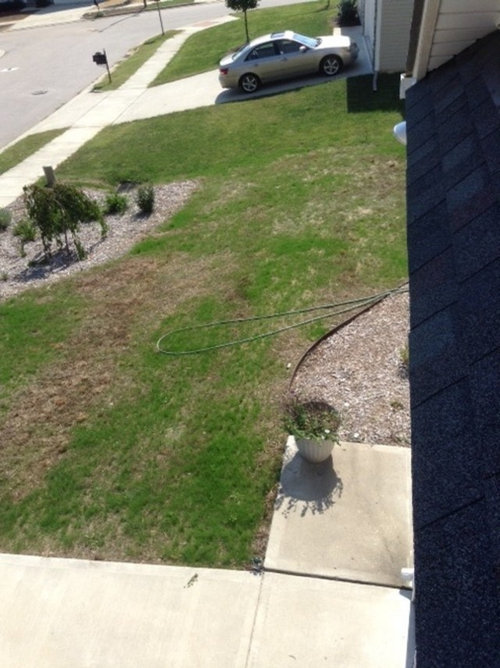50% of new seed germinated. Now what?
User
9 years ago
Related Stories

GARDENING GUIDESHow to Plant a New Lawn From Seed
Choose from more grass varieties and save money over sod by starting your lawn from seed
Full Story
GARDENING AND LANDSCAPINGHouzz Survey: See What Homeowners Are Doing With Their Landscapes Now
Homeowners are busy putting in low-maintenance landscapes designed for outdoor living, according to the 2015 Houzz landscaping survey
Full Story
BATHROOM DESIGNPersonal Style: 50 Bath Designs From Creative Owners and Renters
Ideas abound in bathroom styles ranging from upcycled vintage to sleekly modern
Full Story
DECORATING GUIDES50 Photos of Amazing Holiday Decorations
Get inspired by these creative Christmas projects from around the world. Show us your own holiday décor!
Full Story
COLOR50 Great Gifts for Color Lovers
Here's what to give your friends who can't get enough of the rainbow
Full Story
WINTER GARDENINGExtend Your Growing Season With a Cold Frame in the Garden
If the sun's shining, it might be time to sow seeds under glass to transplant or harvest
Full Story
ROCKY MOUNTAINS GARDENINGRocky Mountain Gardener's February Checklist
Get smart with your seeds, strike with oil to manage pests and practice proficient pruning — your trees and shrubs will thank you
Full Story0

GARDENING GUIDESUnleash Your Guerilla Gardener
Toss some seed bombs around the yard for easy, beneficial plantings
Full Story
GARDENING FOR BUTTERFLIESA Quick-Start Guide to Bird-Watching for Fun and Learning
Set out some seed and grab your field guide. Bird-watching is an easy, entertaining and educational activity for the whole family
Full StoryMore Discussions









dchall_san_antonio
UserOriginal Author
Related Professionals
Wrentham Landscape Architects & Landscape Designers · Clark Landscape Architects & Landscape Designers · Leawood Landscape Architects & Landscape Designers · Edmond Landscape Contractors · Bergenfield Landscape Contractors · Bloomington Landscape Contractors · Flagstaff Landscape Contractors · Fort Hunt Landscape Contractors · Hawthorne Landscape Contractors · Kaysville Landscape Contractors · Lakeville Landscape Contractors · Lemont Landscape Contractors · Los Banos Landscape Contractors · Phoenix Swimming Pool Builders · Redlands Swimming Pool Buildersbeckyinrichmond
dchall_san_antonio